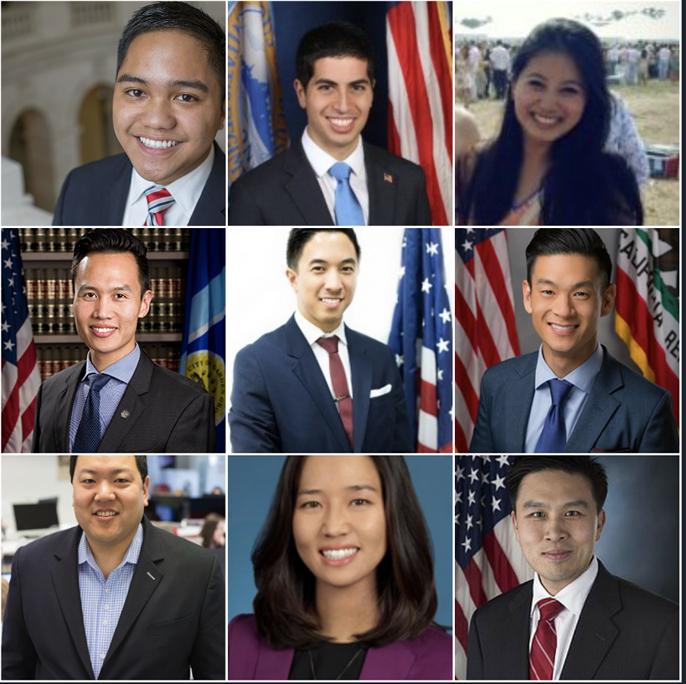
When we do not hear from Asian Americans on television and exclude them from leadership roles, we do not reflect society as it is
The Rise of Asian Americans Chapter 1: Portrait of Asian Americans I. Overall Characteristics. The 2010 Census counted more than 17 million Asian Americans, or 5.6% of the U.S. population (and 5.5% of U.S. adults ages 18 and older). 14 The Asian-American population grew faster than any other race group from 2000 to 2010 (46%) …
Jan 09, 2018 · THE U.S. ASIAN POPULATION is a diverse one. A record 20 million Asian Americans trace their roots to more than 20 countries in East and Southeast Asia and the Indian subcontinent, each with unique …




Get the facts about the Asian American population with this summary of interesting data culled from the U.S. Census Bureau.
Asian Americans have a high level of political incorporation in terms of their actual voting population. However, as a result of this group’s historically low voting rates, overall political incorporation of the general population is relatively low.

A unique sociological exploration of the historical, political, demographic, and cultural issues that make up today’s diverse Asian American community — like an online version of Asian Americans 101.

Asian Americans are more satisfied than the general public with their lives, finances and the direction of the country, according to a comprehensive new
ASIAN AMERICANS. The success story of the 80s has been the catchphrase used in the media to describe certain groups of Asian Americans–especially the American-born ren of emigrants from China, Japan, and Korea.
The demographics of Asian Americans describe a heterogeneous group of people in the United States who trace their ancestry to one or more Asian countries. Because Asian Americans total about 5.6% of the entire US population, diversity within the group is often overlooked in media treatment.

![]()

Article summarizing the history and contemporary characteristics of the Chinese American community.
